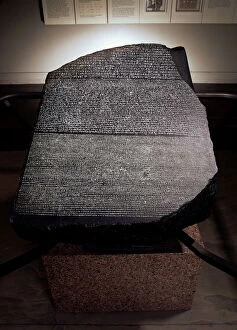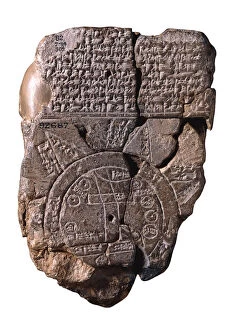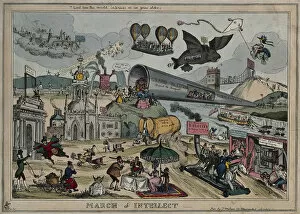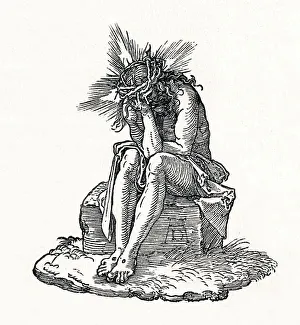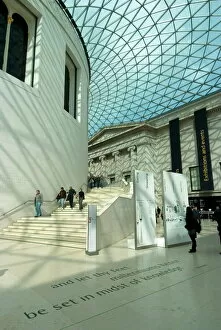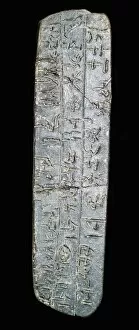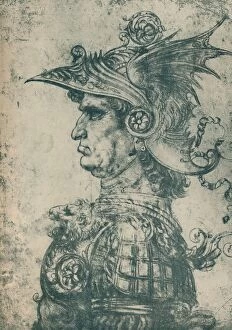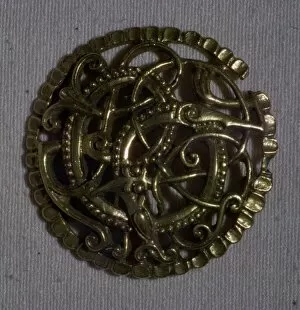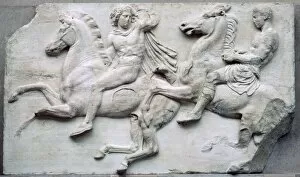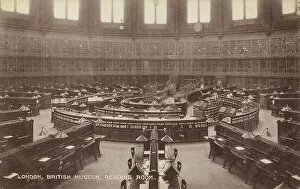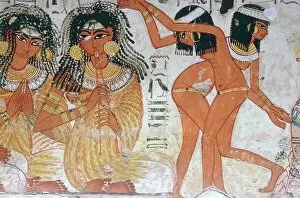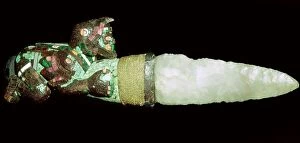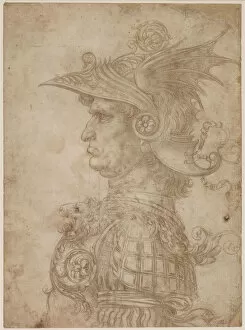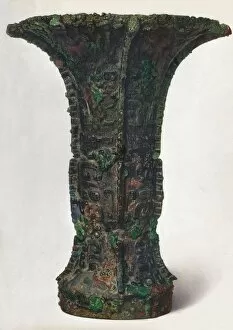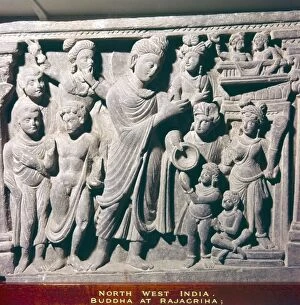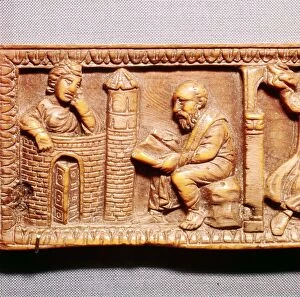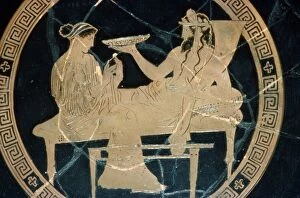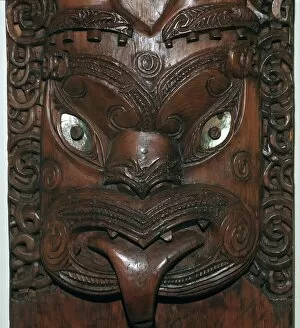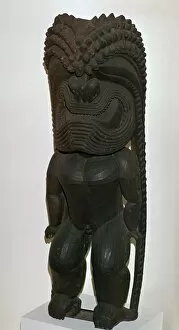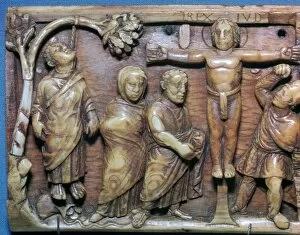British Museum Collection
The British Museum in London, England is a treasure trove of history and culture from all corners of the world
All Professionally Made to Order for Quick Shipping
The British Museum in London, England is a treasure trove of history and culture from all corners of the world. One of its most famous exhibits is the Rosetta Stone, a key to deciphering ancient Egyptian hieroglyphs. Visitors marvel at this artifact that unlocked the secrets of an ancient civilization. Another fascinating piece on display is the Battersea Shield, dating back to the early Iron Age in the first century AD. This Celtic masterpiece showcases intricate designs and craftsmanship that transport you back in time. For lovers of Greek mythology, the Horse of Selene from the Parthenon is a must-see. This stunning sculpture captures the grace and power of these mythical creatures. Art enthusiasts will appreciate Albrecht Durer's "The Man of Sorrows, " a poignant depiction that evokes deep emotions. The attention to detail and skillful technique make it a true masterpiece. Stepping into the Great Court at the British Museum feels like entering another world altogether. The grandeur and architectural beauty are awe-inspiring, making it a favorite spot for visitors to gather and soak in their surroundings. History buffs can explore artifacts like an Anglo-Saxon brooch or Leonardo da Vinci's portrayal of A Condottiere from 1480. These pieces offer glimpses into different eras and cultures, showcasing humanity's rich heritage. Delving further into Britain's past, pottery cremation urns from Loveden Hill reveal insights into Anglo-Saxon burial practices during the 6th-7th century. It serves as a reminder that even everyday objects hold stories waiting to be discovered. Capturing moments frozen in time, vintage photographs depict scenes both inside and outside this iconic institution. From street views with bustling crowds to serene reading rooms filled with knowledge seekers, they showcase how integral this museum has been throughout history. Whether you're fascinated by ancient civilizations or intrigued by artistic masterpieces, visiting London's British Museum promises an unforgettable journey through time and across continents.

